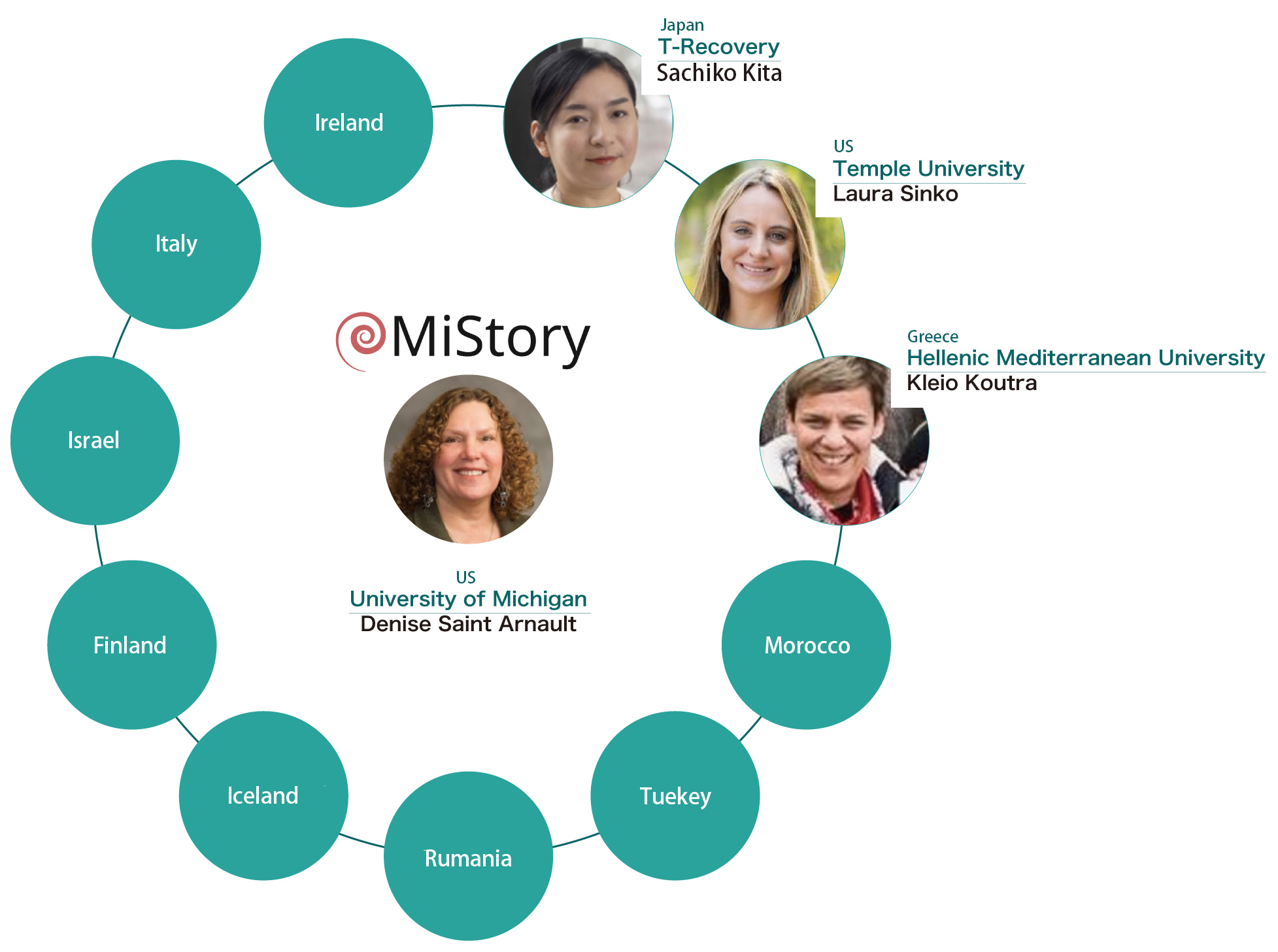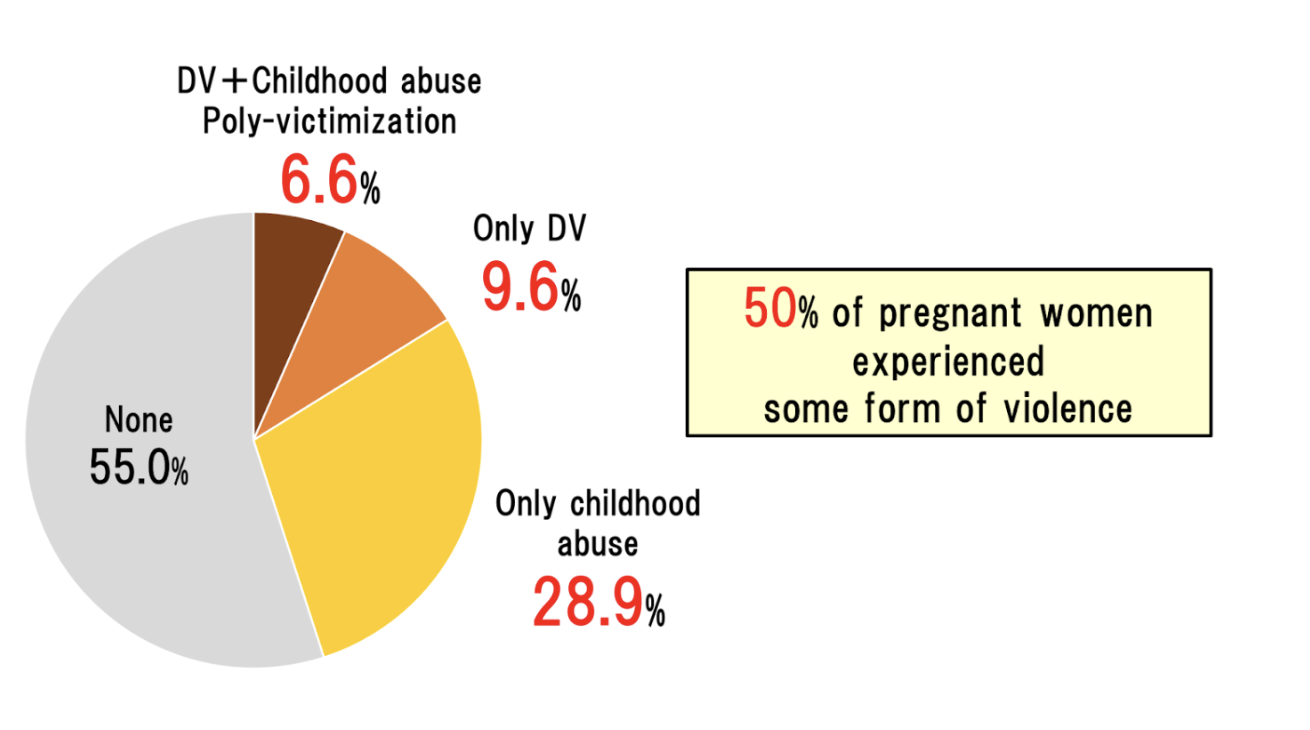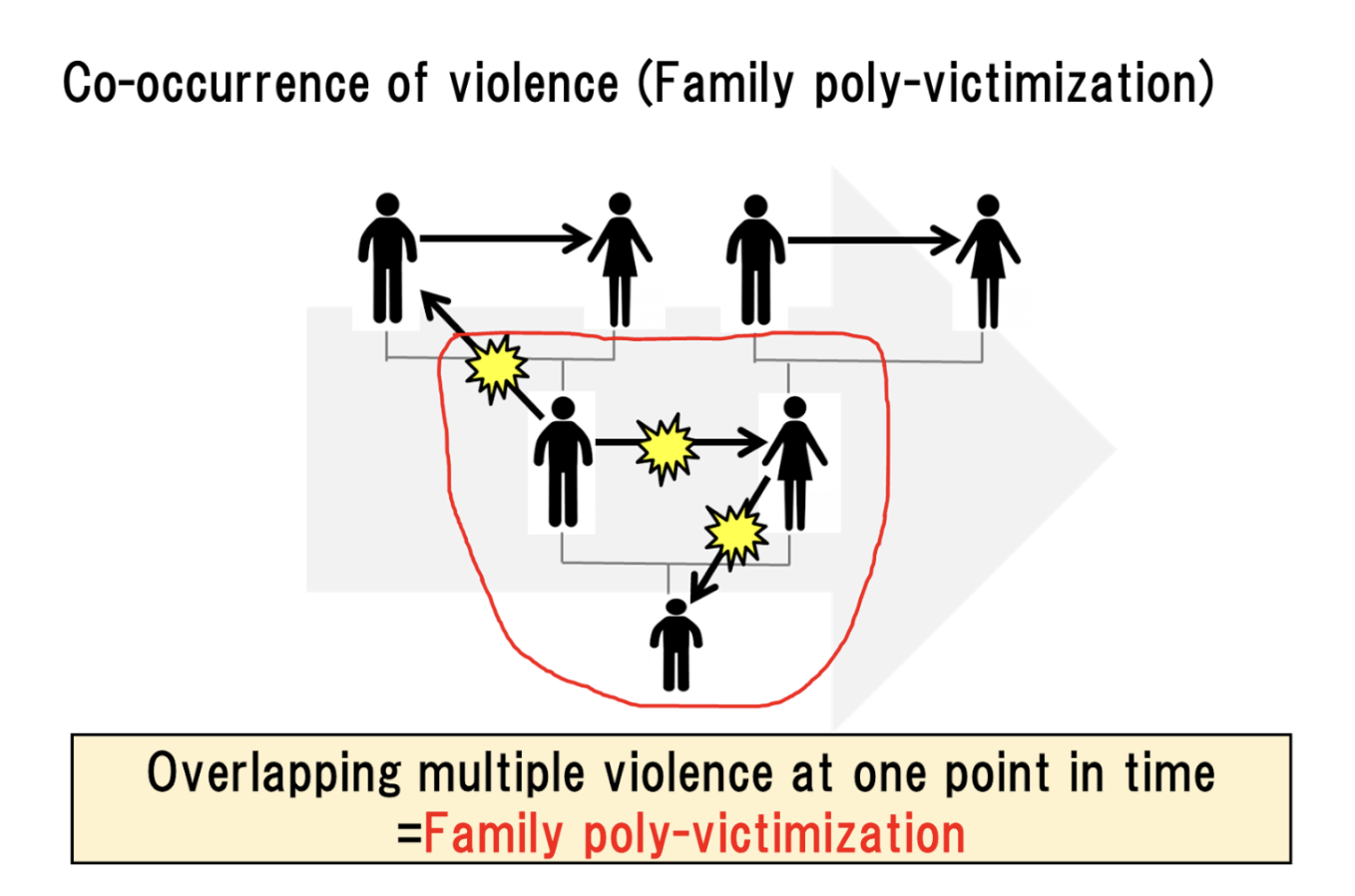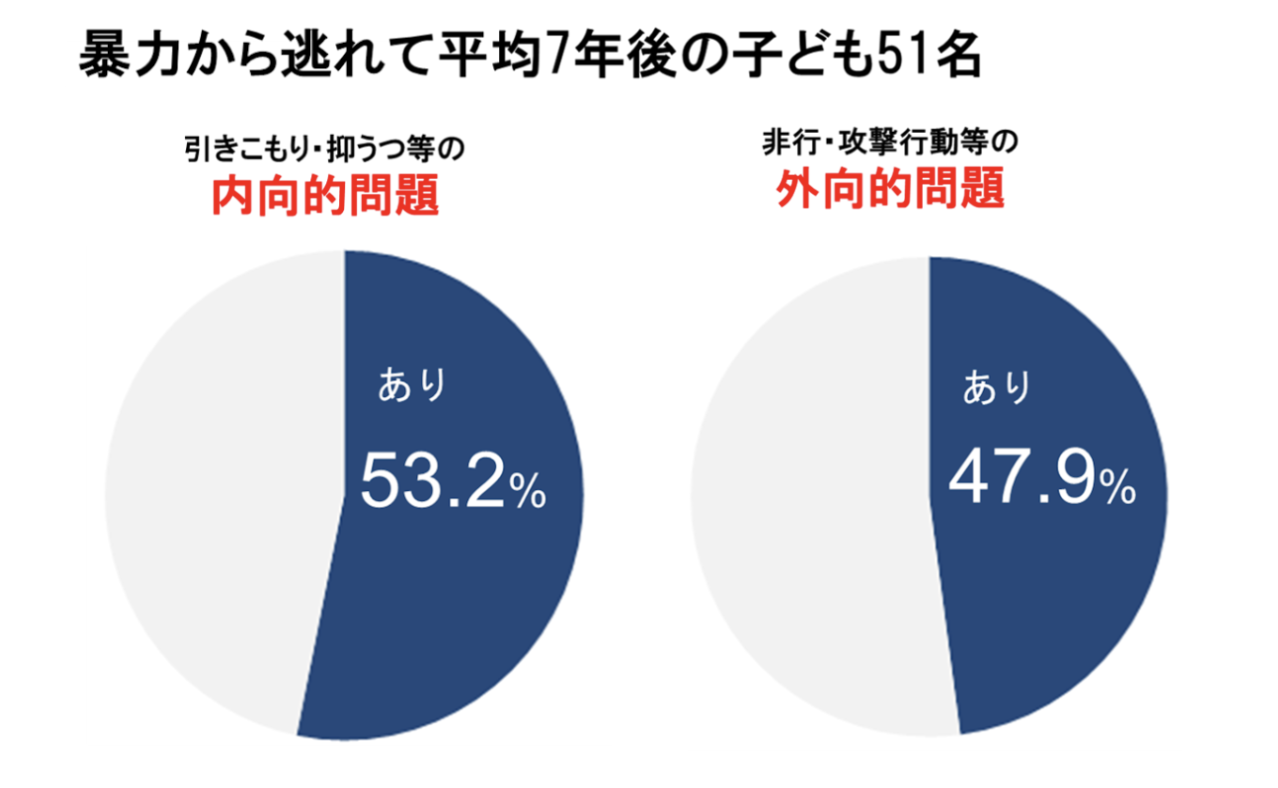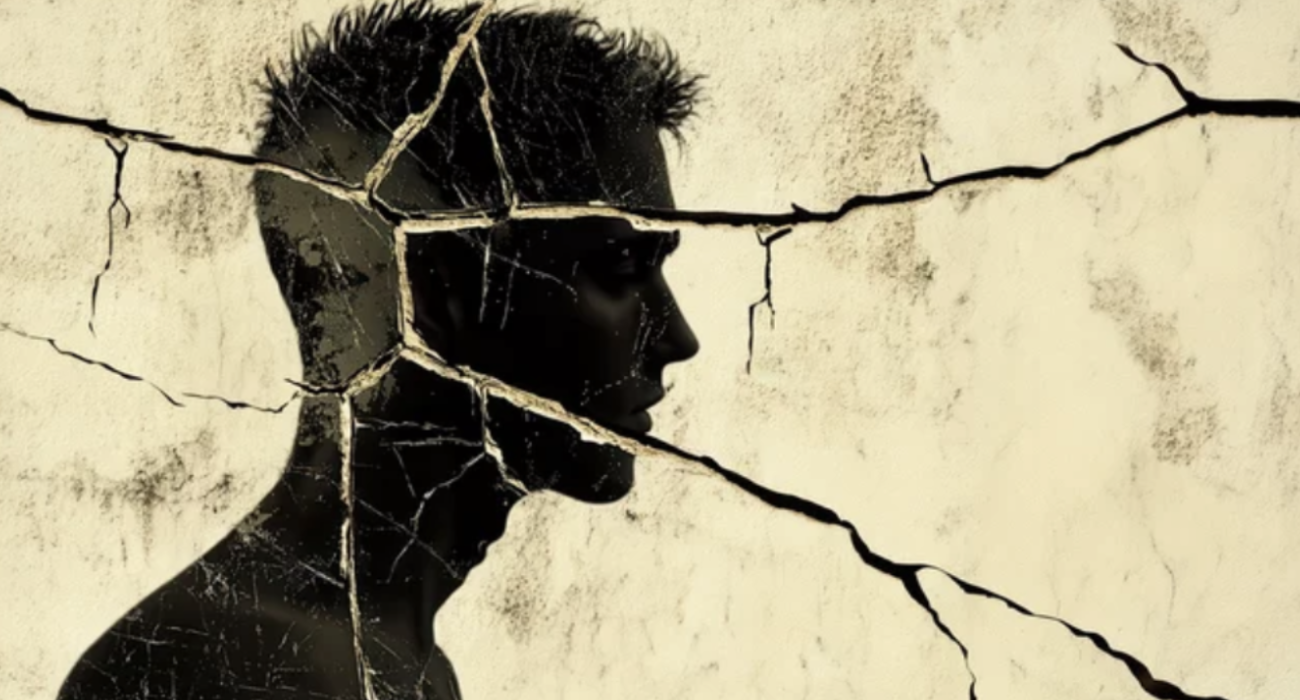It is estimated that one in three children worldwide experiences physical violence, corporal punishment, or neglect (World Health Organization, 2021). Protecting these children who have experienced trauma and supporting their health and development is not only the responsibility of society as a whole but also of each individual adult. Driven by this belief, we have been focusing on research related to the health of children affected by trauma and studies on suicide prevention.
■ Children's Trauma and Health
Survey of children who have experienced trauma
In 2016-2017, we conducted a survey on the health of mothers and children who had escaped violence. The emotional, behavioral, and social development of 51 children, who had been living free from violence for an average of 7 years, was assessed through proxy evaluations by parents using the Japanese version of the Child Behavioral Checklist (CBCL), a 100-item scale. The results revealed that even after many years of escaping violence, half of the children still exhibited "internalizing problems" such as withdrawal and depression, as well as "externalizing problems" such as delinquency and aggressive behavior. Compared to the general population of children, these issues were found to be 2 to 3.5 times more prevalent. This research suggests that escaping violence is not the end of the support process; rather, continuous and long-term support is essential to protect the children's health and development.
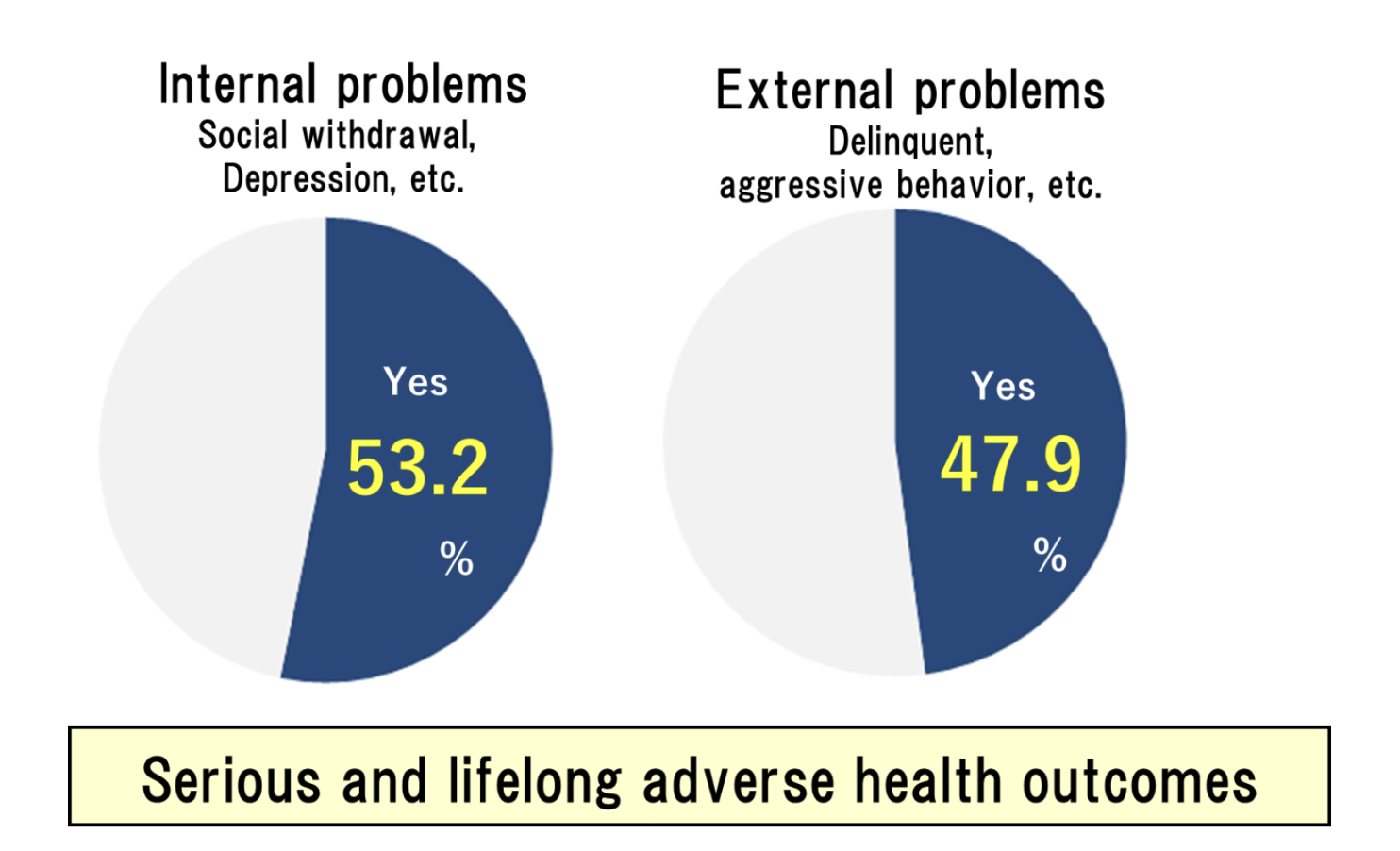
[Paper]
Kita S, Haruna M, Yamaji M, Matsuzaki M, Kamibeppu K. (2017). Association of mental and behavioral problems among children exposed to intimate partner violence and visits with their fathers who perpetrated the violence. Open Journal of Nursing. 7(3), 361-377.
Protective Factors for the Health Impact of Trauma on Children
It has been shown that preschool-aged children are at the highest risk of abuse compared to other age groups (Ministry of Health, Labour and Welfare, 2023). In 2018, a study was conducted targeting parents of preschool-aged children to examine whether the use of childcare services such as daycare, kindergarten, sick child care, or primary caregiving could serve as a protective factor for children exposed to domestic violence (DV).
The study found that families not using childcare services (364 families) were directly impacted by the presence of DV in the household, which negatively affected the children’s quality of life (QOL, subjective health). Additionally, DV increased parental stress and reduced family functioning. On the other hand, in families using childcare services (520 families), children's QOL was maintained even in the presence of DV.
These findings suggest the importance of actively encouraging the use of childcare services in dysfunctional families to protect children’s health and development. This study provides evidence that the involvement of adults in the lives of children exposed to abuse can help save them.
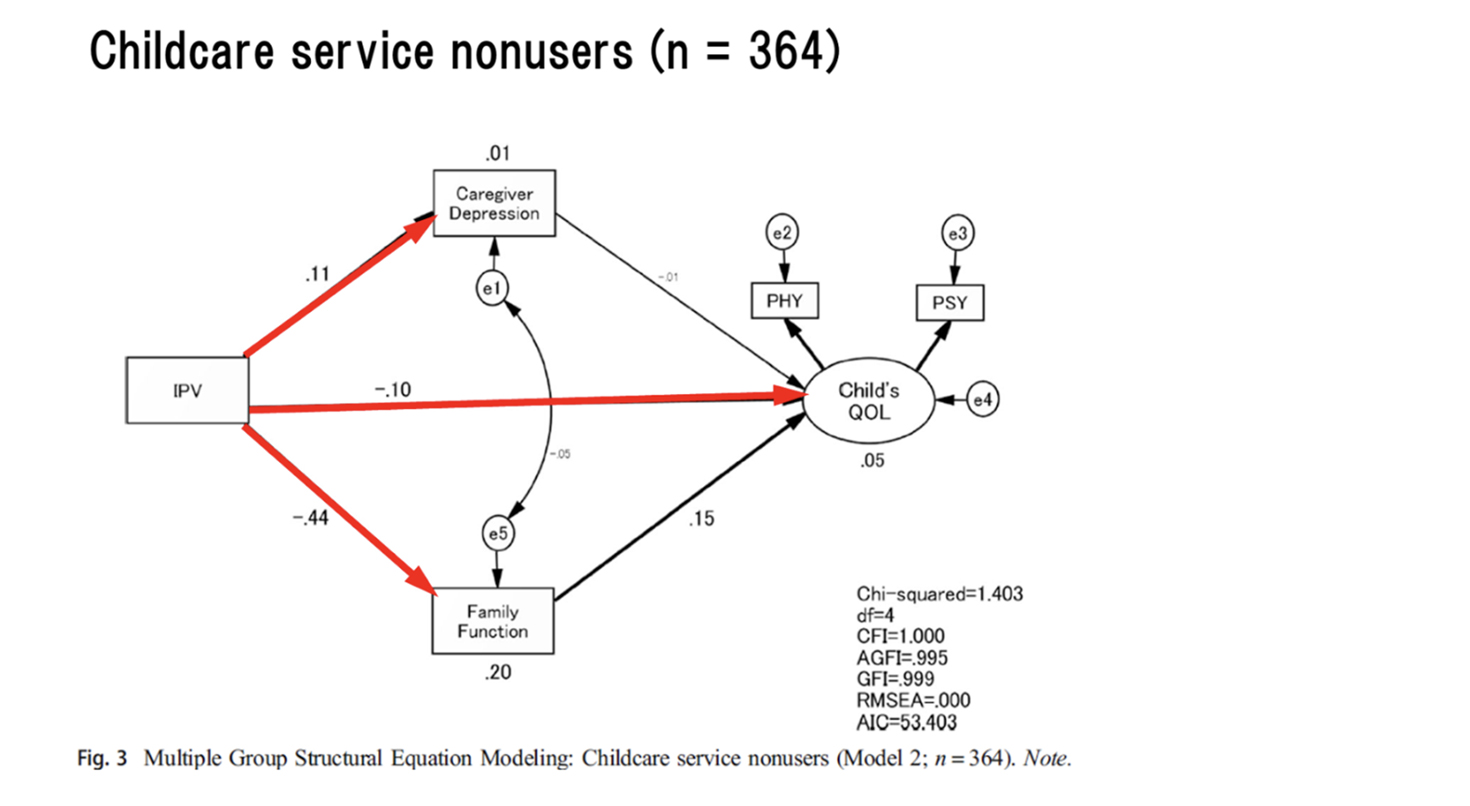
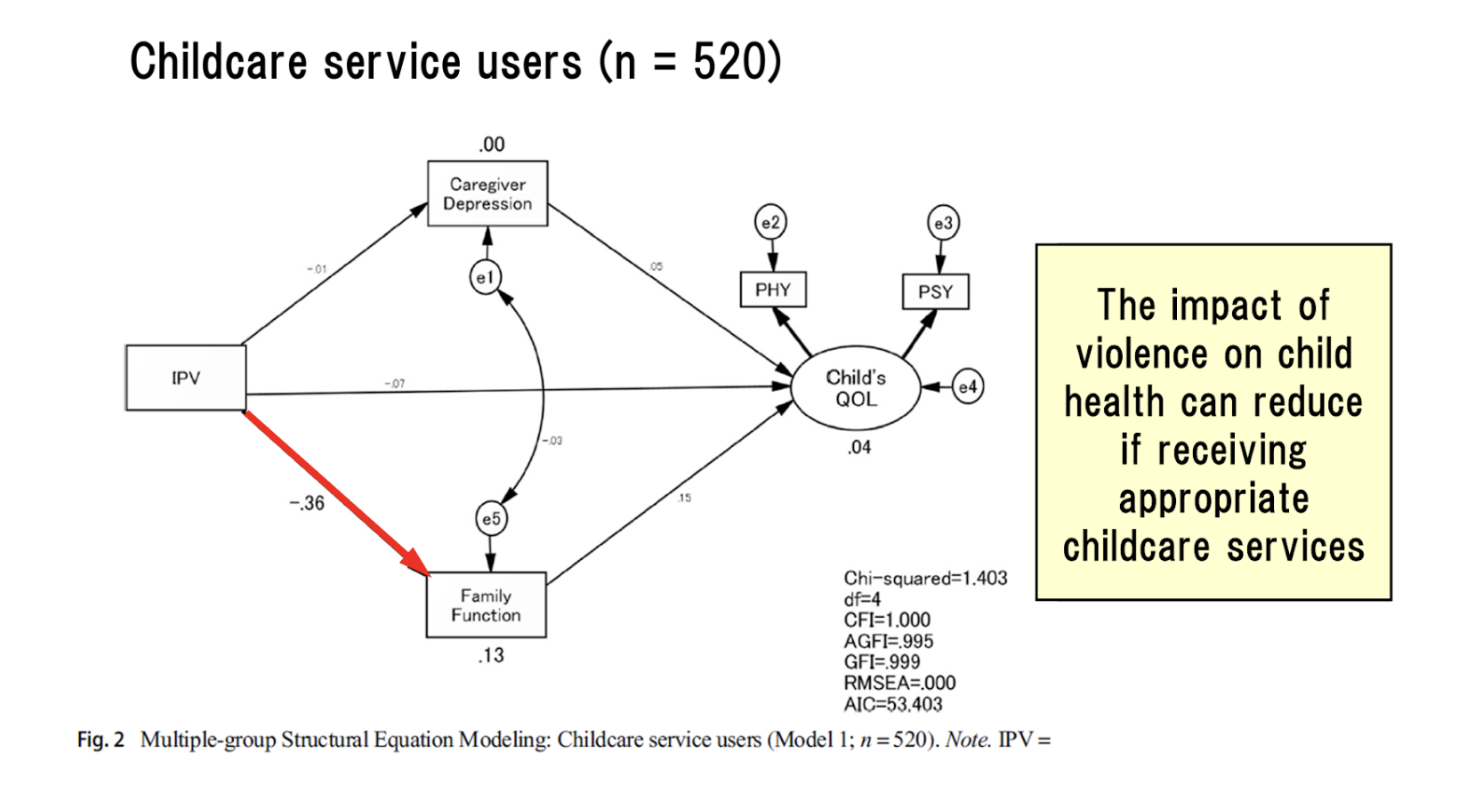
[Paper]
Kita S, Sato I, Sakka M, Soejima T, Kamibeppu K. (2021). Does the use of childcare services reduce the impact of intimate partner violence on the quality of life of children?: Multiple-group structural equation modeling. Applied Research in Quality of Life, 16, 1825–1845.
■ Training program on Child Abuse Prevention for Citizens (TCAP-C)
Every year, there are cases of child abuse resulting in death, and it is crucial to ask: What can adults do to protect children's lives and health? A major challenge faced by municipalities, hospitals, and private institutions that are on the frontlines of child abuse support is that high-risk families are less likely to access support services. These families tend to face multiple problems, such as social isolation, parents' physical and mental health issues, and a lack of information. Furthermore, support services are often overwhelmed with cases and a lack of human resources.
Given this context, we believe that "citizen leaders" such as community welfare commissioners, child welfare officers, and youth committee members, who are actively involved in community activities, could serve as a bridge between high-risk families and support agencies if they are equipped with the appropriate knowledge and skills about child abuse and how to respond to it.
From 2020 to 2022, in collaboration with the Momrings, which is a child-rearing support organization, and a local government in Tokyo, we developed a training program for citizen leaders, with our representative director, Sachiko Kita, and member Shiko Ikeda involved in its development. This program aims to train citizen leaders in the correct knowledge and skills related to child abuse and its response in the community. The two-day program includes learning about child abuse and how to respond on the first day, followed by role-playing on the second day. In the role-play, participants discuss scenarios involving children and families suspected of physical abuse, psychological abuse, and neglect, from the perspectives of the “citizen”, the "child," and the "parent." They discuss how they felt and what they would do in each situation.
In 2022, 104 citizen leaders took this training program, and improvements were observed in their knowledge of child abuse, as well as increased self-confidence ("I can do this starting tomorrow"). Over 90% of participants expressed satisfaction and found the program meaningful, showing a positive acceptance. We are working to expand this program nationwide through media and symposiums, and we are also developing a condensed online version of the program to make it more accessible.
This training program's goal is not simply to report child abuse but to help citizens be aware of high-risk families and offer them warm support, watching over the children and parents and providing the necessary care and assistance.
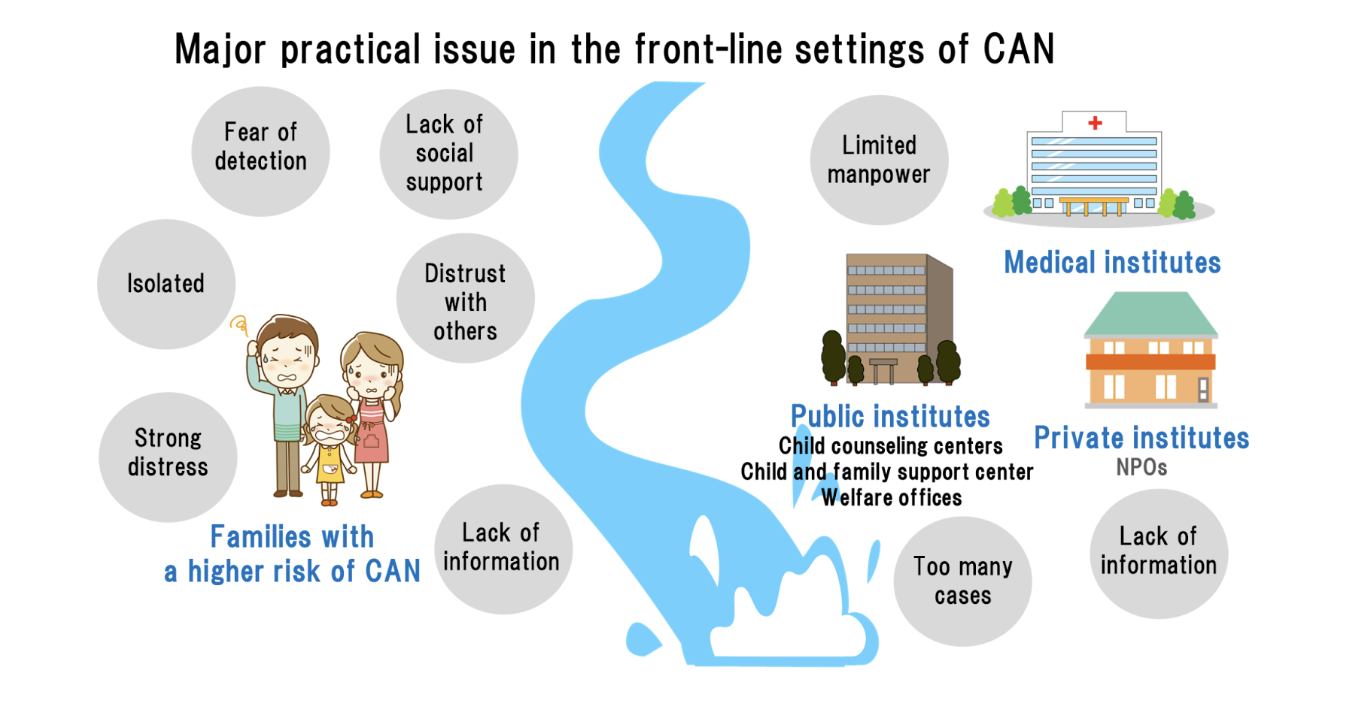
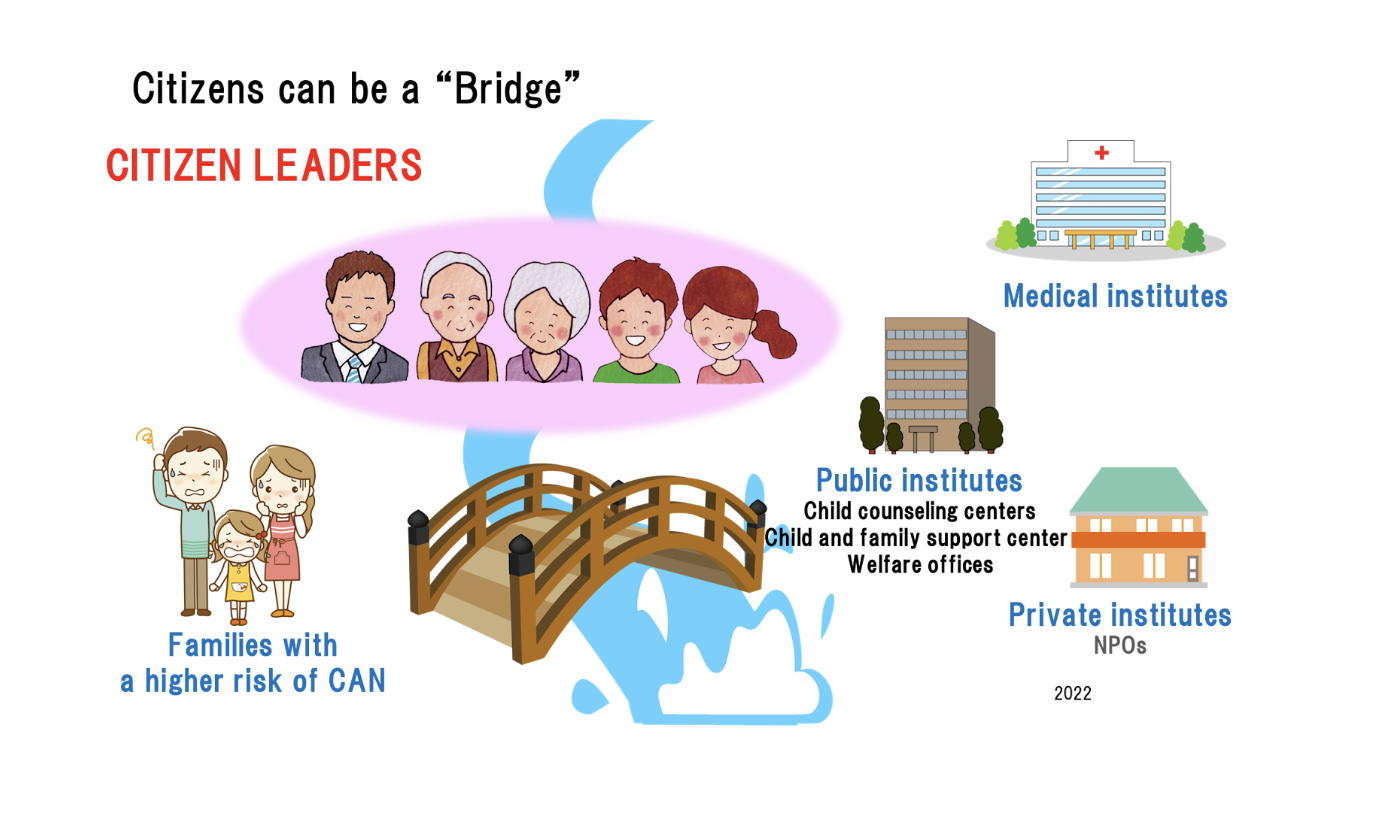
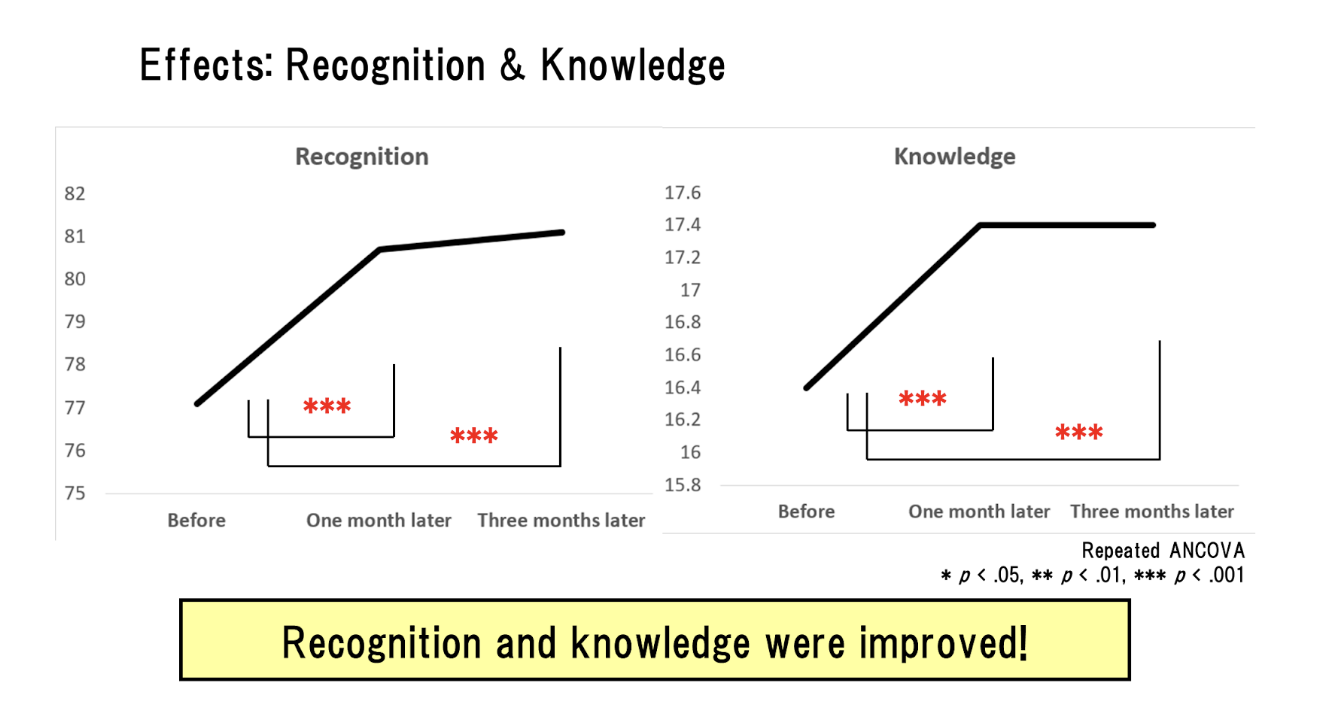
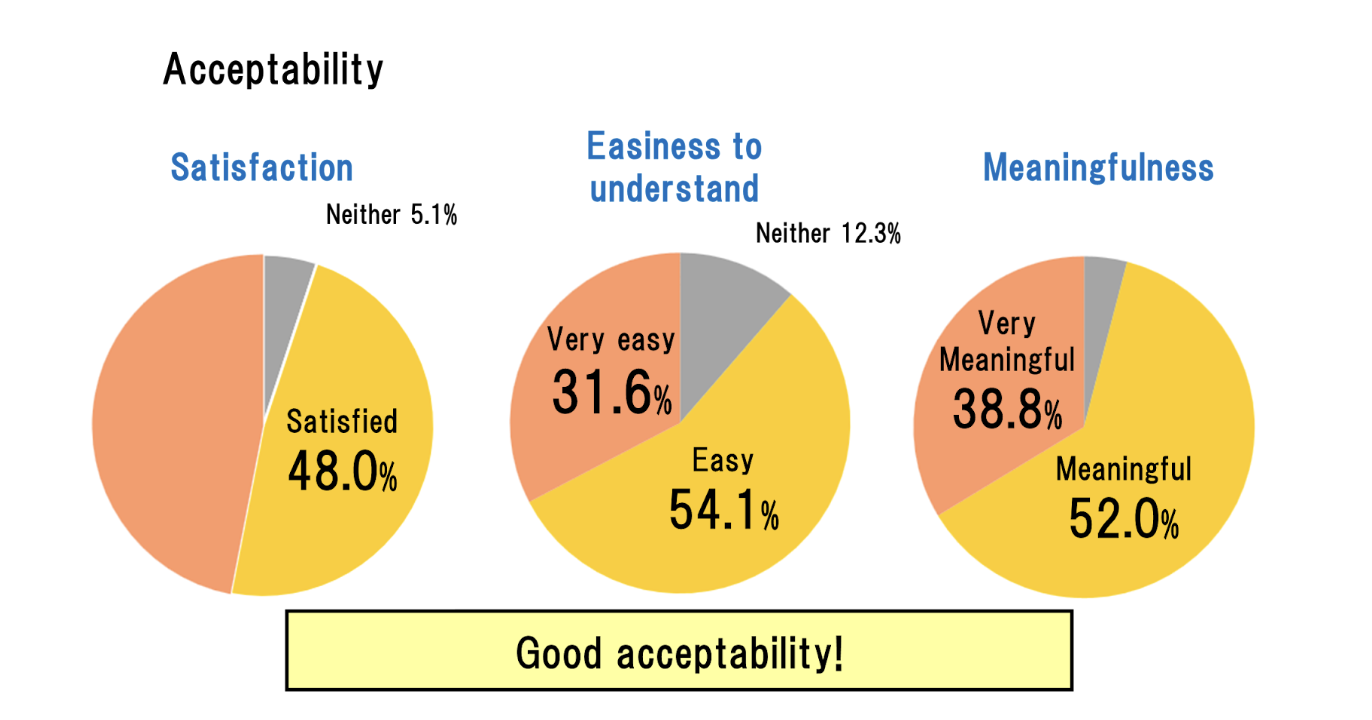
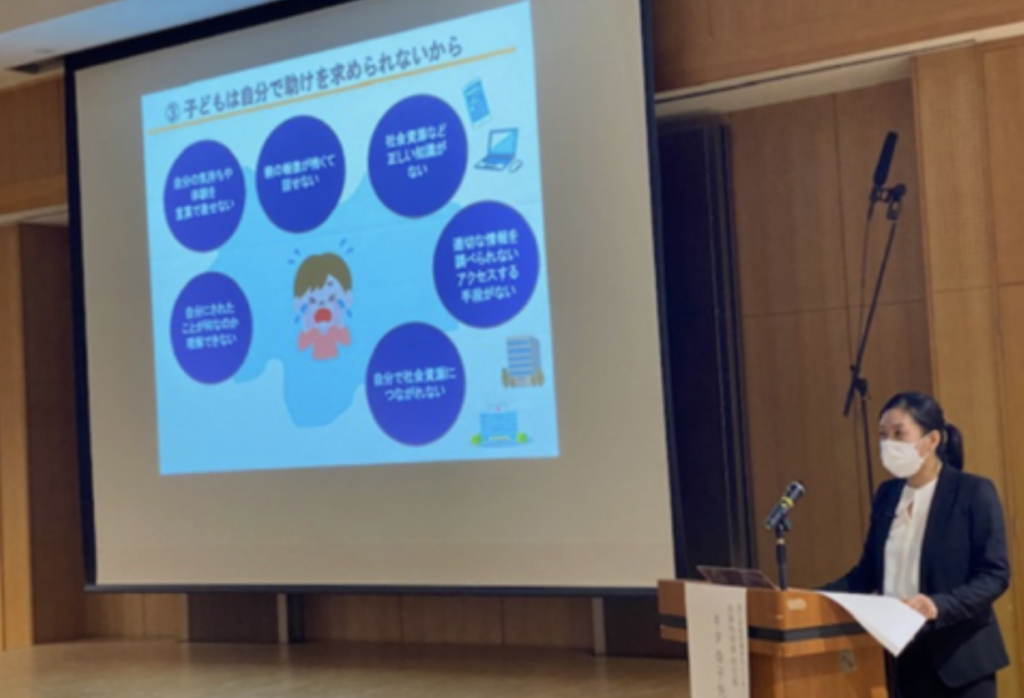
[Paper]
Kita S, Ochiai K, Sato Y, Akiyama S, Abe M, Tashita K, Tanaka H, Matsumoto F, Hayashi S, Kohashi K, Tsujino K, Uchiyama K, Tsukamatsu K, Ikeda U, Ikeda M, Suzuki H. (2023). Development of the Training program on Child Abuse Prevention for Citizens (TCAP-C) and its effects and acceptability: Community-based participatory research. International Journal of Environmental Research and Public Health, 20(2), 1414.
■ National Survey of Self-Harm and Suicide Attempts by Children
In Japan, the number of child suicides reached a record high of 514 in 2022, and in 2023, the number remained high at 513, highlighting the urgent need for effective suicide prevention policies and system-building for children. Using the Diagnosis Procedure Combination (DPC) data from acute hospitals across Japan , we conducted a study on 1,704 children aged 7 to 17 (1,176 girls and 528 boys) who were hospitalized for self-harm or suicide attempts in 2016-2017 . We reported on the characteristics and clinical trajectories of these children and examined differences by gender and age groups (elementary school, junior high school, and high school).
The results showed that among the hospitalized children, 166 (9.7%) were elementary school students, 842 (49.7%) were junior high school students, and 696 (40.8%) were high school students, with the highest number being junior high school students. The mortality rate during hospitalization was 8.9%, and 7.3% died within 24 hours of admission. The most common method of self-harm or suicide attempts was overdose (49.9%), followed by jumping (22.3%), hanging (13.3%), and wrist injury (8.0%). Notably, two-thirds (66.0%) of these children had not been diagnosed with a mental disorder, and more than half (56.2%) had not received any psychiatric treatment during hospitalization.
When examining the self-harm and suicidal methods by gender,boyselementary school childrenand jumping, while girlstended to choose lower lethal methods, such as overdose and wrist injury.Additionally, elementary school childrenwere more likely to choose higher lethal methods, such as hanging and jumping.Additionally, elementary school children had a higher proportion of -deficit/hyperactivity disorder (ADHD) compared to other age groups, and they were less likely to receive psychotherapy during workplace.
This research provides valuable insights into effective suicide prevention strategies in Japan, taking into account gender and age, and is expected to contribute to the development of more targeted interventions to protect children's mental health and prevent suicides.
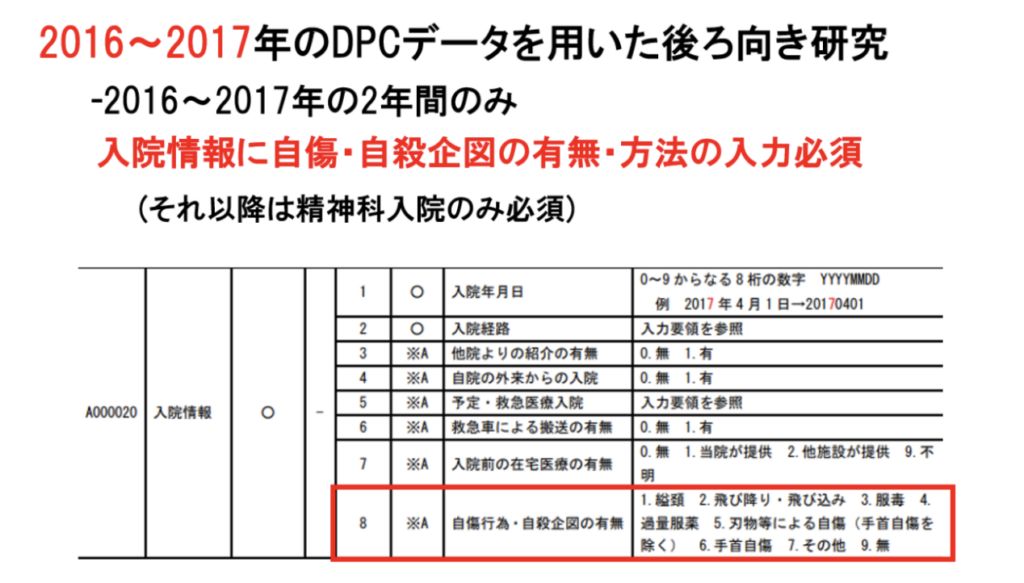
[Paper]
Kita S, Morita K, Watanabe H, Michihata N, Morisaki M, Yamaji N, Ikeda M, Yasunaga H. (2024). Suicide attempt and self-harm among children in Japan: A nationwide inpatient database study. Global Health & Medicine. https://doi.org/10.35772/ghm.2024.01052
